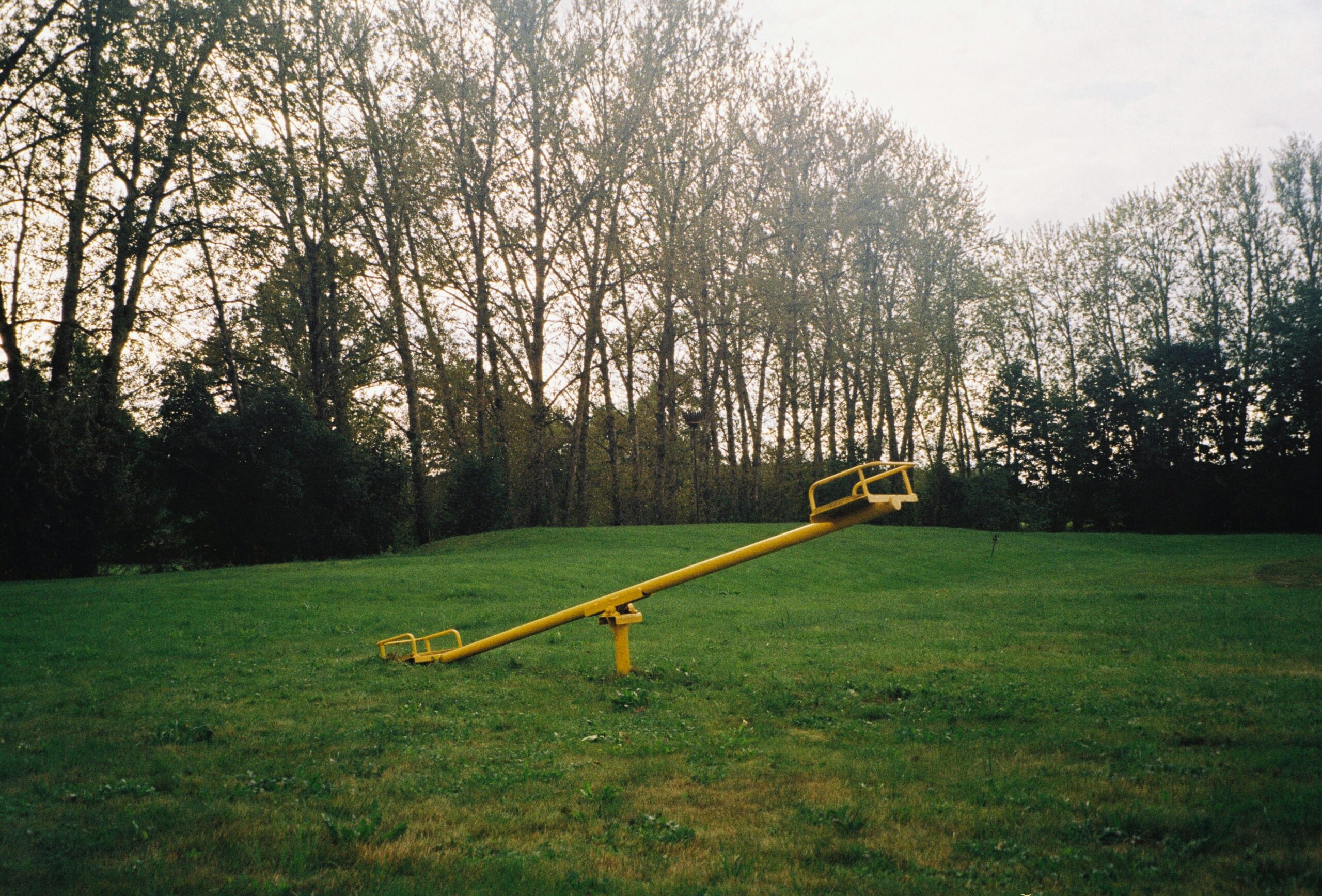Here, you can explore key concepts, advantages and disadvantages, feasibility and deployment potential of carbon dioxide removals (CDR).
Scroll down to learn the key information and analysis for each method, where further research is required, as well as expert insights to guide the much-needed journey towards net zero and beyond.

Carbon dioxide removals (CDR) consist of physically extracting carbon dioxide already present in the atmosphere and permanently storing it, for example in geological formations. Four principles define what CDR is (Tanzer and Ramirez 2019):
According to the Intergovernmental Panel on Climate Change (IPCC), the role of CDR is to:
This handbook provides an overview of the following key concepts relevant to basic CDR theory: accounting, CCS and CCU, the carbon cycle, carbon market mechanisms, efficiency, modelling, MRVL, permanence, planetary boundaries, separation of target, and status of EU law and policy.
Carbon dioxide can be removed using many different capture processes (biological, geochemical, synthetic) and can be stored in a variety of reservoirs.
The handbook contains six factsheets, each describing a particular technology or practice that could be used to remove and store carbon. The factsheets set out, amongst others, advantages, disdvantages, relevant constraints and sustainable potentials for deployment.
The handbook provides 10 policy recommendations, aimed at ensuring sustainable deployment of CDR.
Chief amongst them is the need for a robust definition of CDR, separate targets, stringent MRVL, and a diverse CDR portfolio.
The final recommendation focuses on the need to treat CDR as a public good – everyone benefits from the decreasing atmospheric CO2, just as everyone is harmed by its increase.









Stay in touch and receive our monthly newsletter, campaign updates, event invites and more.
